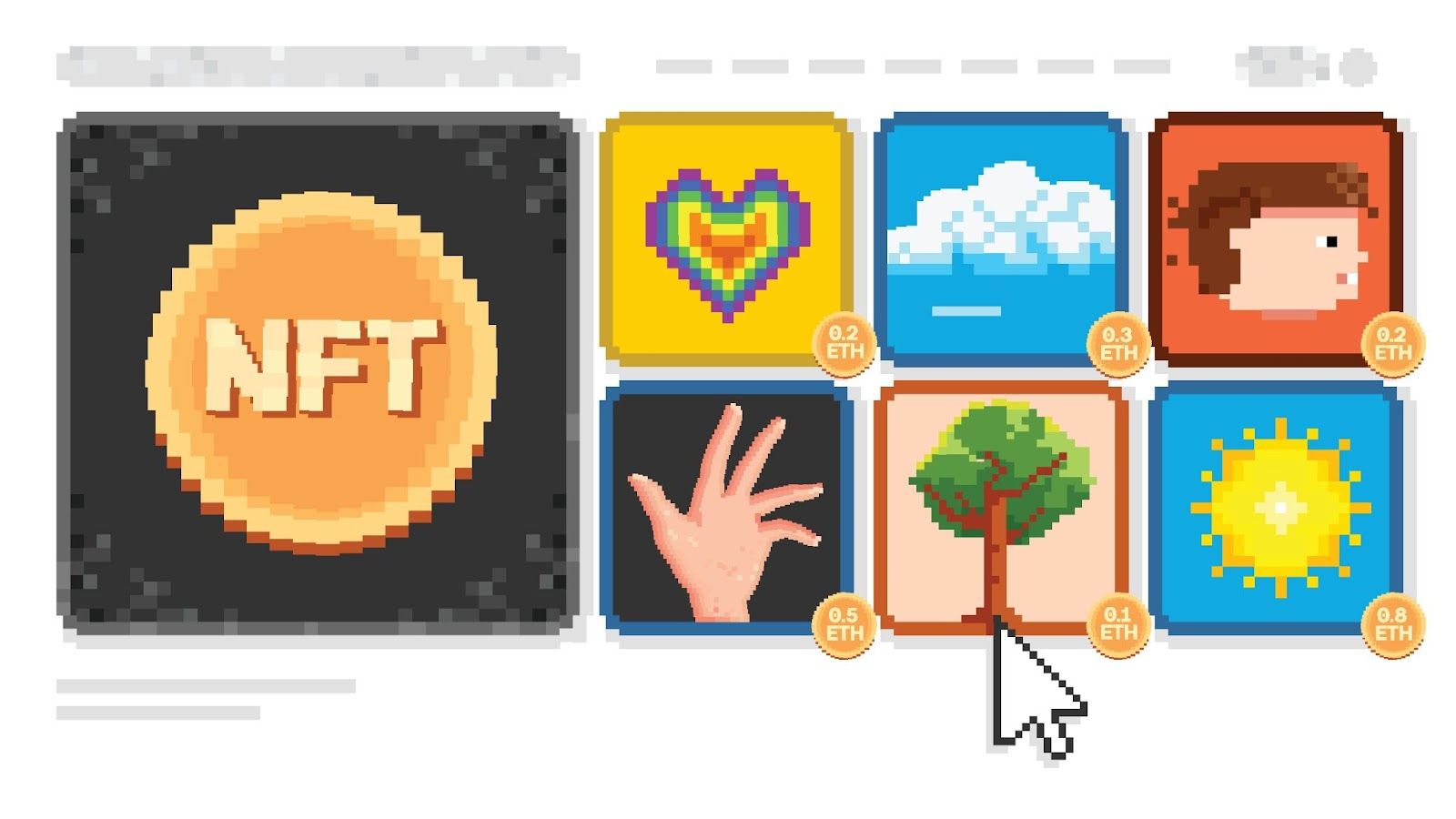Dear Bankless Nation,
Want to launch an NFT collection?
This could be, say, a series of 20 related pieces that you mint one after the other stretched out over a period of weeks, months, or even years.
Or maybe you have an idea for the next big 10k PFP collection, and you want to start figuring out how you’d go about doing that.
I’ve personally only experimented with the former style, i.e. the “one at a time” release approach. But lately I’ve been gathering resources around creating NFT collections in general, and I’ve curated some particularly helpful ones below for people wanting to dive deeper. Let’s take a look!
-WMP
NFT collection launches: where to get started

Building a PFP project
Bar none, the best general guide I’ve seen on creating a large mixed-rarity NFT collection is “So you want to build your own PFP project?” by Harry Denley for MyCrypto. In this write-up, Harry explains how to:
- Build a collection’s base visual layers
- Combine these layers
- Build an NFT smart contract
- Verify that contract
- And more!
This is a technical guide, so if you’re not a developer you won’t be able to sit down with it and get right to work. That said, NFT projects have technical and non-technical members, and it’s always helpful for the latter to understand the basics of the technical side of things. Harry’s guide is great for anyone wanting to understand what the deployment process for an NFT collection looks like from start to finish, so I highly recommend it.
Misc. advanced resources
- NFT metadata — by Devin Finzer
- How to make NFT art with on-chain metadata — by Patrick Collins
- NFT minter tutorial: how to create a full-stack dapp — by Sumi Mudgil
- Comparing ERC-721 to ERC-1155 — by Deric Cheng
- Flavors of on-chain SVG NFTs on Ethereum— by Simon de la Rouviere
Avoiding NFT collection launch pitfalls
In Oct. 2021, Paradigm researchers Anish Agnihotri and Hasu published “A Guide to Designing Effective NFT Launches.”
In masterful fashion, the duo diagnosed major problems that previous NFT collections have faced, including exploitable fairness, gas auctions, gas inefficiencies, and beyond. The two then argued what the goals of a good NFT launch should be, namely:
- Unexploitable fairness
- No racing conditions around mints
- Time-zone agnostic
- Gas efficiency
- Inclusivity combined with sybil resistance
- Trustlessness
In the final part of the write-up, Anish and Hasu offered the NFT ecosystem a true gift in MultiRaffle, a reference implementation for an NFT raffle-style launch system that strikes an impressive balance between the demands of bidding, clearing, metadata reveals, and so forth.
If you’re seriously thinking about launching a large NFT collection, make sure at the very least that you’ve read this Paradigm paper, that you understand the typical problems NFT launches face and how something like MultiRaffle seeks to address these problems.
To be sure, it’s not that you have to totally copy the MultiRaffle model. But if you understand it and why it matters, you’ll bring an informed perspective to the challenges your own NFT launch might later face.
Making your own NFT market
If you’re interested in launching a smaller collection of non-generative 1/1 NFTs, e.g. 5-50 pieces, you might consider using projects that streamline the deployment of your own NFT minting and marketplace infra. Two projects I’m a fan of here are:
Zora — a decentralized marketplace protocol that lets anyone create on-chain NFT auction houses.
Manifold Studio — an NFT minting system that offers users no-code + creator-owned smart contracts, dynamic NFTs, native support for airdrops, and more.
Conclusion
Launching an NFT collection can be a straightforward or very advanced affair depending on how you go about it. Whatever approach you take, just make sure to go heavy on researching and experimenting early on so that your finalized collection will be well built and bear a polished quality when all is said and done!
Action steps
- Read So you want to build your own PFP project? by Harry Denley
- Read my Quick guide to Cool Cat Pets from earlier this week if you missed it!
